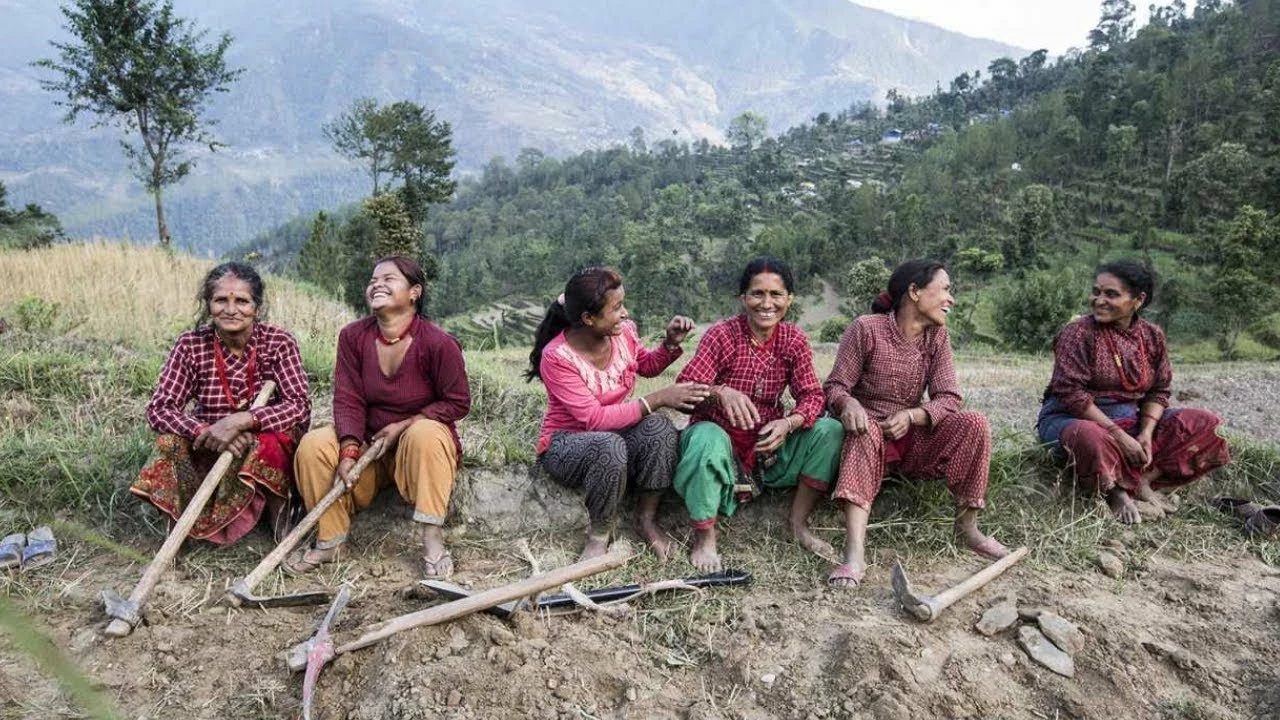Nepal Living Conditions: What’s Happening Right Now
Ever wonder how everyday life looks for people living in the hills and valleys of Nepal? From cramped city apartments to remote mountain villages, the picture is a mix of progress and struggle. In this guide we break down the key factors that shape homes, health, and schooling across the country.
Housing & Infrastructure
Housing in Nepal ranges from concrete blocks in Kathmandu to mud‑brick homes in the Terai. In urban areas, rapid migration has pushed demand higher than supply, leaving many families sharing small spaces. New construction projects aim to add affordable units, but bureaucracy often slows things down. If you’re looking at a city rent, expect to pay around 15,000‑25,000 NPR for a modest one‑bedroom flat.
Rural households face a different set of hurdles. Many villages still lack reliable electricity and clean water, which makes daily chores harder. The government’s Rural Electrification Program has connected over 1 million homes to the grid, yet 30 % of remote settlements remain off. Solar kits are becoming a popular shortcut—families can charge phones and light rooms without waiting for a distant power line.
Health & Education
Health services are improving in big cities, but the nearest clinic can be a day’s walk for people in high‑altitude regions. Primary health centers often run short on medicines, and specialist care usually requires a trip to Kathmandu, adding travel costs and lost work hours. The recent rollout of tele‑medicine pilots lets doctors consult patients via mobile phones, cutting down travel time for simple ailments.
Education mirrors the health gap. Public schools in Kathmandu offer decent facilities, yet rural schools frequently lack proper classrooms, textbooks, and qualified teachers. Drop‑out rates climb after grade 8, especially for girls who are often needed at home. NGOs and the Ministry of Education are pushing mobile learning kits and teacher‑training workshops to bridge the divide.
Despite these challenges, there are bright spots. Micro‑finance groups are helping families build sturdier homes, while community water projects bring clean drinking water to hundreds of villages each year. Health outreach campaigns have lowered infant mortality in several districts, and scholarship schemes are getting more students into higher education.
If you’re curious about how these trends affect the average Nepali, look at the latest household surveys. They show that about 35 % of urban families own a motorbike, a sign of rising mobility, while 20 % of rural households still rely on wood for cooking, contributing to indoor air pollution. These numbers tell a story of gradual change, not instant transformation.
What can you do with this info? Whether you’re a researcher, a traveler, or someone thinking about supporting development projects, knowing the concrete realities helps you make better choices. Keep an eye on new government releases, follow local NGOs for on‑the‑ground updates, and remember that each small improvement—like a new solar panel or a mobile clinic—adds up to a bigger shift in how Nepalis live day to day.

What is it like to live in Nepal?
Living in Nepal is like having a constant party in your senses! Every day is a kaleidoscope of fragrant spices, vibrant colors, and chatter in dozens of languages. You'll find yourself hiking up mountains one day, and exploring ancient temples the next - it's like being in a real-life Indiana Jones movie! The people? Oh, they're the warmest, friendliest folks you'll ever meet, always ready with a smile and a cup of Chai. Nepal, with its rich culture, stunning sceneries and thrilling adventures, is like a spicy momo dumpling - full of surprises and absolutely delightful!
Read More